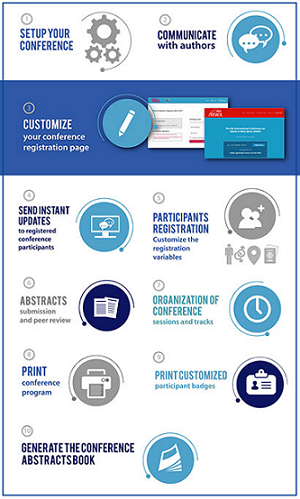Epidemiology of malaria in Khartoum, Sudan: a teaching case-study
Haitham Bashier1,&, Elfatih Malik2, Yousef Khader3, Malak A Shaheen4
1Global Health Development/Eastern Mediterranean Public Health Network, Amman, Jordan, 2Federal Ministry of Health, Sudan- FETP Technical Advisor, Sudan, 3Jordan University of Science and Technology, Jordan, 4Ain Shams University, Egypt
&Corresponding author
Haitham Bashier, Global Health Development/Eastern Mediterranean Public Health Network, Amman, Jordan
Malaria is among the top leading causes of mortality and morbidity throughout the globe, where Sudan bears a significant burden of the disease. The disease epidemiology has been noticeably changed in the last decade. Many environmental, behavioral, and managerial factors have contributed to the change in the trend. The trainees are planned to develop a risk reduction framework for Malaria in Sudan, taking Khartoum state as an example. The participants are expected to analyze the trend of Malaria through the period of 2006 to 2011, assess factors contributing to the change in the trend and to design risk management framework to minimize the risk of Malaria in Sudan. The case study is designed for the training of novice level field epidemiology trainees or any other health care workers working in public health-related fields. It can be administered in 3 hours. Used as adjunct training material, the case study provides the trainees with competencies in developing disease risk reduction framework that can be used for the actual real-life experience to control Malaria, and similar conditions, at the sub-national levels.
General instructions: this case study should be used as adjunct training material for novice epidemiology trainees to reinforce the concepts taught in prior lectures. The case study is ideally taught by two facilitators in groups of about 20 participants. Participants are to take turns reading the case study, usually a paragraph per student. The facilitator guides the discussion on possible responses to questions. The facilitator may make use of flip charts to illustrate certain points. Additional instructor�s notes for facilitation are coupled with each question in the instructor�s guide to aid facilitation.
Audience: this case study was developed for novice field epidemiology students. It�s also suitable for other participants like; public health care workers, medical doctors, nurses, environmental health officers or other relevant public health-related fields.
Prerequisites: before using this case study, participants should have received lectures on disease surveillance, basic biostatistics, risk assessment and risk management.
Materials needed: Flash drive, flip charts, markers, computers with MS Excel
Level of training and associated public health activity: novice � Disease risk reduction taking Malaria as an example
Time required: 3 hours
Language: English
- Download the case study student guide
- Request the case study facilitator guide
The authors declare no competing interests.
We wish to acknowledge the Federal Ministry of Health, Sudan for providing the surveillance data. Authors would also like to acknowledge The Eastern Mediterranean Public Health Network (EMPHNET) for their technical support.
- FMOH. Five years Strategic Plan for the National Malaria Control Program, Sudan 2011 � 2015. 2010, Accessed on 1 January 2018.











